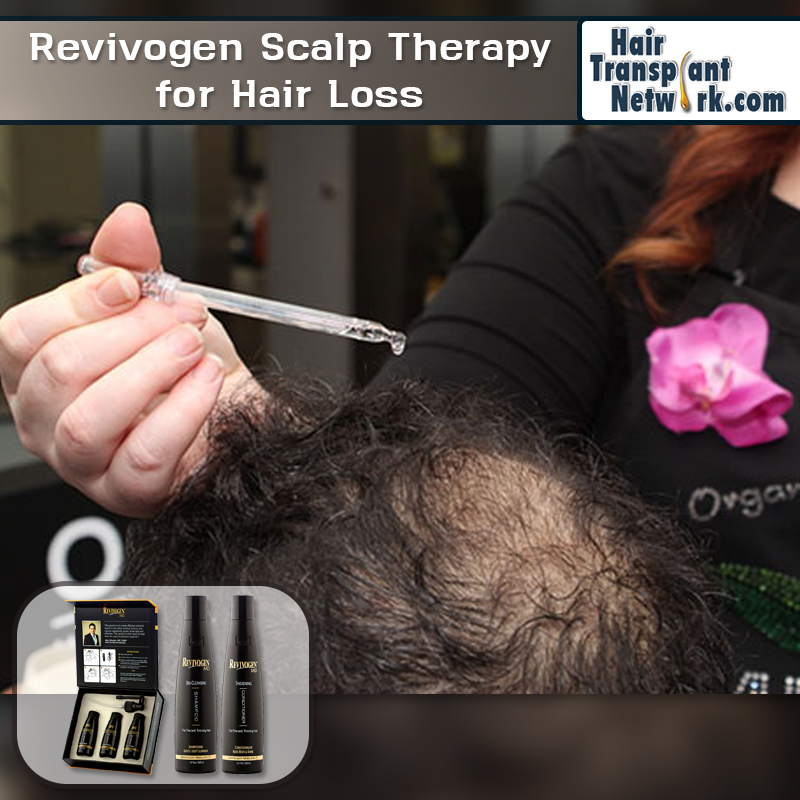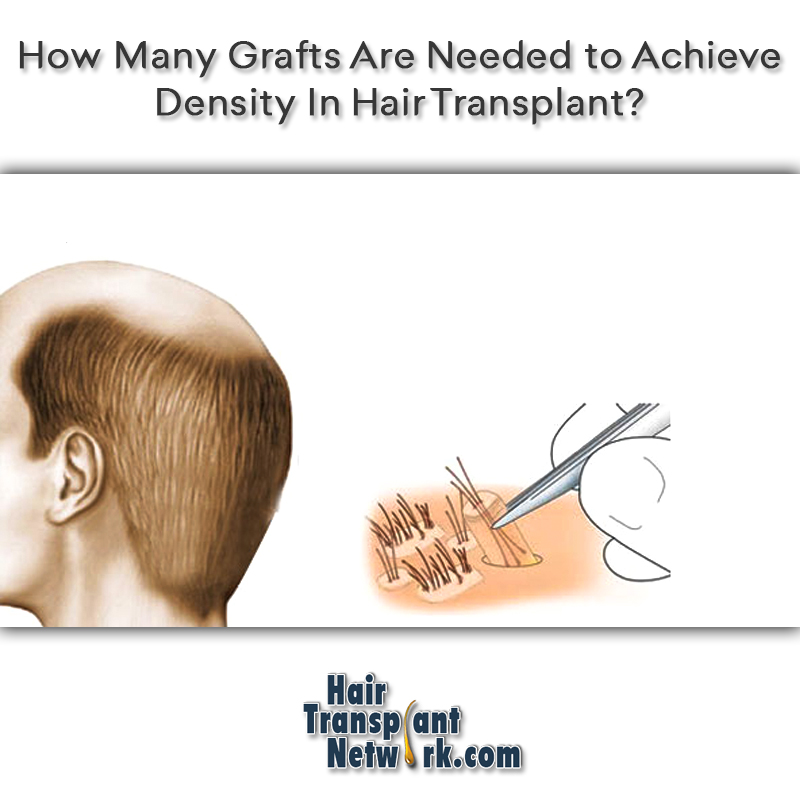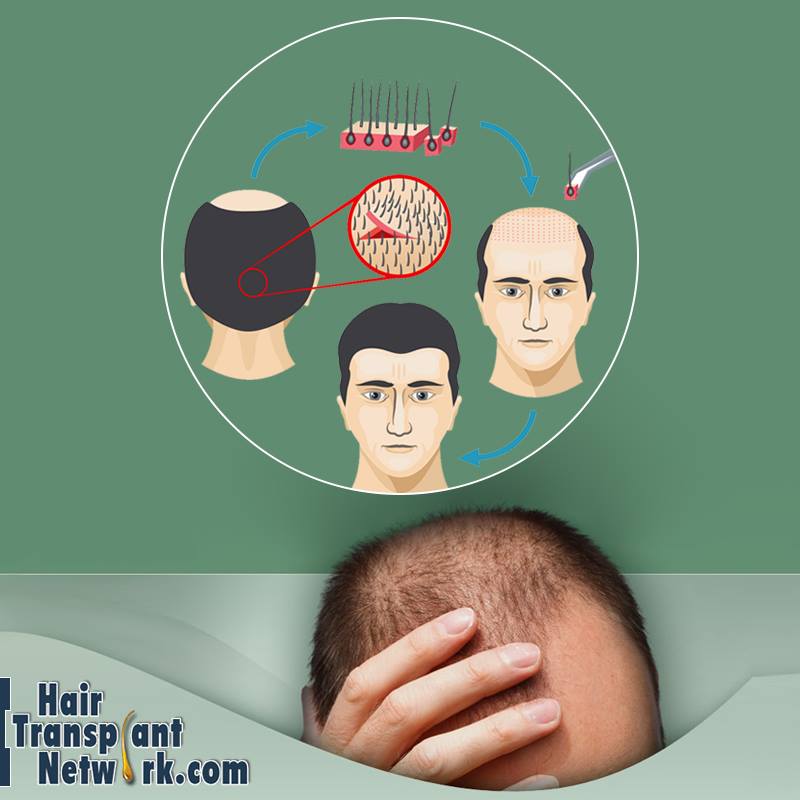Like great wellbeing and youth, the vast majority of us underestimate our hair that is, until they are gone. For some individuals, a hair transplant can help bring back what resembles a full or possibly a more full head of hair. Cosmetics medical procedures are done and hair transplant tasks specifically are spreading generally around the world and getting to be less expensive.
What is hair transplantation?
Hair transplantation is a restorative strategy recorded under corrective medication. It depends on transplanting hair follicles from the zone on the back and sides of the scalp (Donor zones) where the hair is thick and immune to hair loss.
The zones where the operation can be performed in are the head scalp, the facial hair, mustache, eyebrows, and eyelashes.
Regardless of whether you will get great outcomes or not relies upon numerous elements:
The success rate of the hair transplantation is dictated by the specialist during investigation and conclusion after he considers every one of the variables like age, zone of the intensity, reasons for the balding; is it hormonal, hereditary or different reasons, for example, the extreme utilizing of substance restorative items like creams or gels.
The specialist considers the front headline, the thickness of the hair in contributor zones, the nature of the reaped follicles and numerous different elements. At that point, the specialist chooses if the patient’s circumstances are adequate to perform hair transplantation.
If the appropriate response is yes the achievement rate would be higher than 90% and if it is no, at that point a decent specialist would not perform and will exhort the patient not to fall under false expectations and untruths.
1 Age :
When you are youthful, healing happens quickly, grafts take-up is ordinary and survival of the planted follicle is most extreme. Hair transplant results along these lines in a youthful age are commonly superior to that at an older age.
The older you get, healing is deferred. Above the age of 60 you can likewise create atherosclerosis, seriously decreases graft survival. If you are a patient over 60 you presumably are not a correct possibility for hair transplant. Then again if you are 25-35 years of age who does standard cardio practice, then the odds of achievement are most extreme.
2. The donor region is the back of the scalp.
If you have thick hair actually over 70 microns at that point you will require not just lesser number of grafts purchase likewise will get a more full denser take care of the transplant. Thin hairs even in more youthful individuals are not extremely attractive for transplant.
Now and again a couple of youthful patients have thick facial hair than the hairs from the back of the scalp. In these cases, to give a decent more full look the specialists use the facial hair for best hair transplant results.

3. Huge contributor is or high evaluation of baldness:
A major beneficiary region will likewise require numerous grafts to cover which, lamentably, is now and then unrealistic. In evaluation VI hair baldness to cover the whole scalp, it is needed to diminish the thickness.
A low thickness transplant will give you hair, yet not sufficient hair. In these cases focus lies on the frontal zone and give the frontal region the most extreme thickness so that in any event a decent hairline is framed.
4. Scarring from past follicle units or Strip hair transplant:
If scars of the past medical procedures are available, at that point extraction of the follicular units become troublesome. Exchange rate likewise increments. Subsequently, resultant hair yield is low. In such cases, for the most part, hair transplantation depend completely on body hairs, basically whiskers zone, for getting follicular units.
5. Unrealistic expectations:
Patient wearing wigs/hairpieces would expect a similar degree of thickness the wig/hairpiece gives. Anyway, the appearance after a hair transplant might be essentially not quite the same as that wearing a wig/hairpiece. So consistently confirm with the specialist the appearance that you will get after a hair transplant. Not discussing this with the patient’s results into disappointed patients, however, development of the hairs is close to 100%.
6. Crown region:
Crown is the vertex of the scalp is additionally named as Dark gap of hair transplant as the whatever number of grafts you put there is in every case a few zones demonstrating thin hair development. Crown is around zone over the scalp. The crown region is hard to treat.
7. Expectations and Recovery:
Your scalp may be very delicate after the surgery. You may need to take medications for several days to relieve pain.
It will take 2 to 3 weeks after surgery, the transplanted hair will fall out. New growth will be noticed within a few months. In most cases, people will see 60% of new hair growth after 6 to 9 months.
8. The cost of the operation:
The exact hair transplantation cost cannot be defined easily. It is determined by the amount of work and labour in the operation room. Hair transplantation is expensive in general because of its difficulty, sensitivity and the skill it requires. The doctor must attain the grafts one by one and implant them in the same way.

9. Other factors:
The specialist should have great experience, aptitude and know about the opportunity that his patient has and some different variables like:
- Which follicles will be reaped and which will remain.
- The space between the reaped follicle and the staying one.
- Taking great consideration of the scalp, particularly in the principal part after the activity.
- Elements depending on the patient, for example, adhering to the specialist’s guidance and not hurting the beneficiary region.




